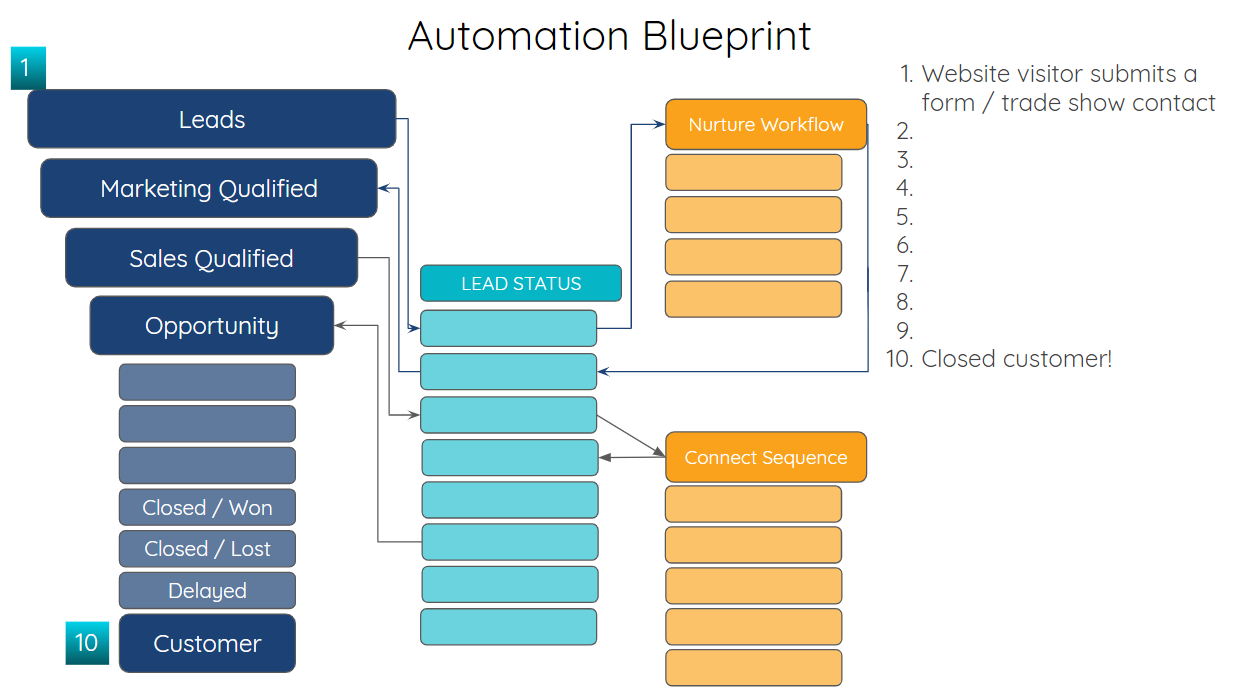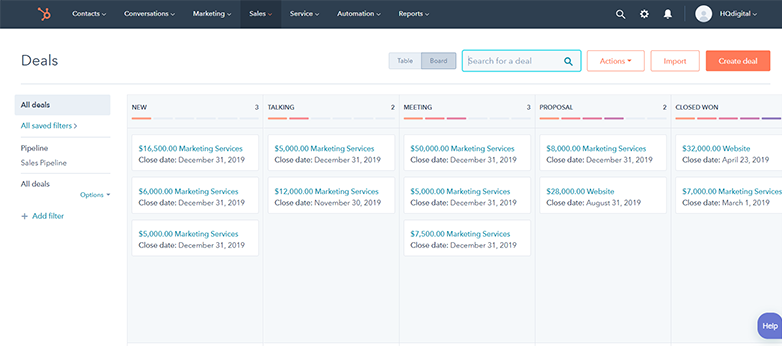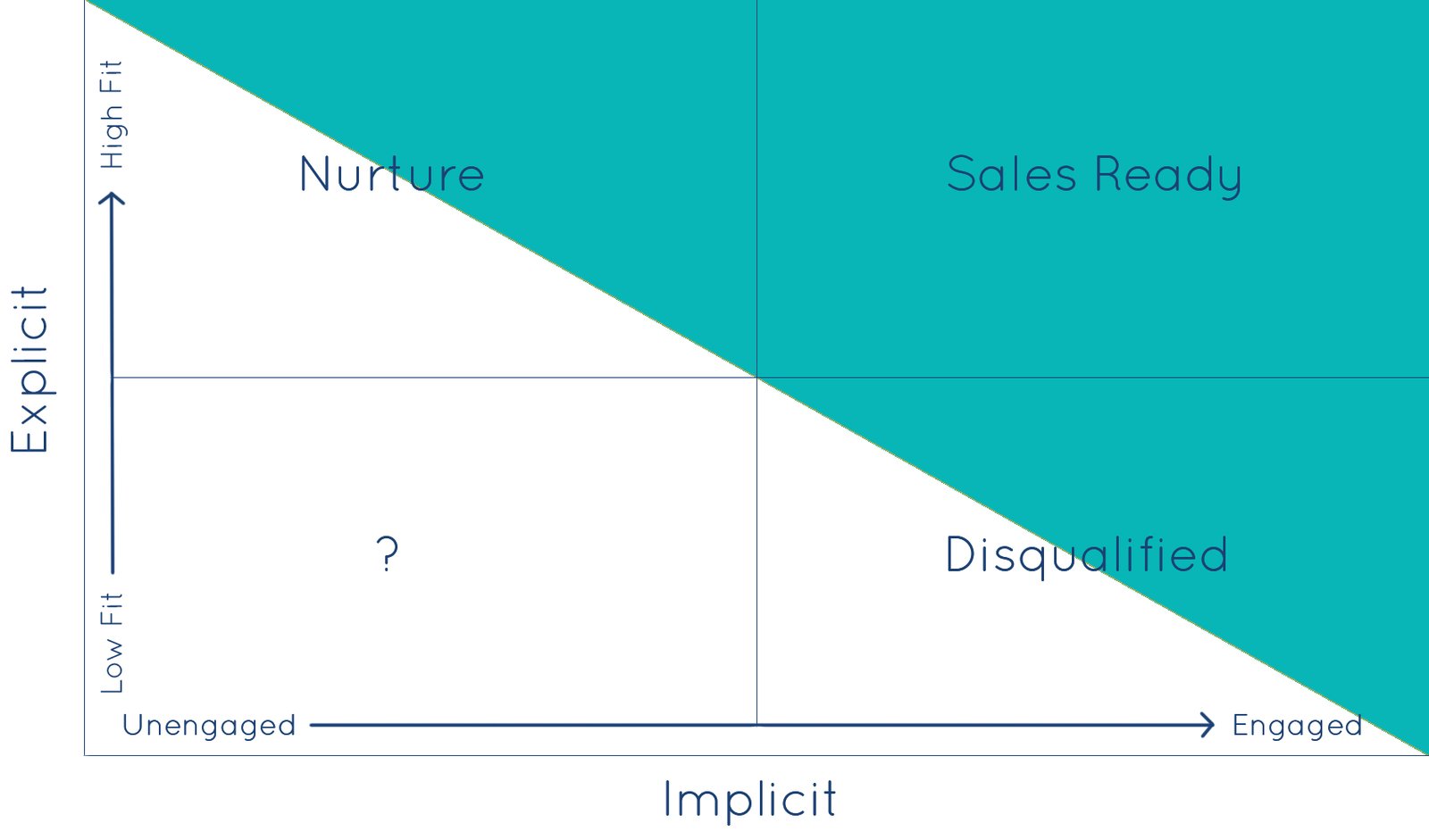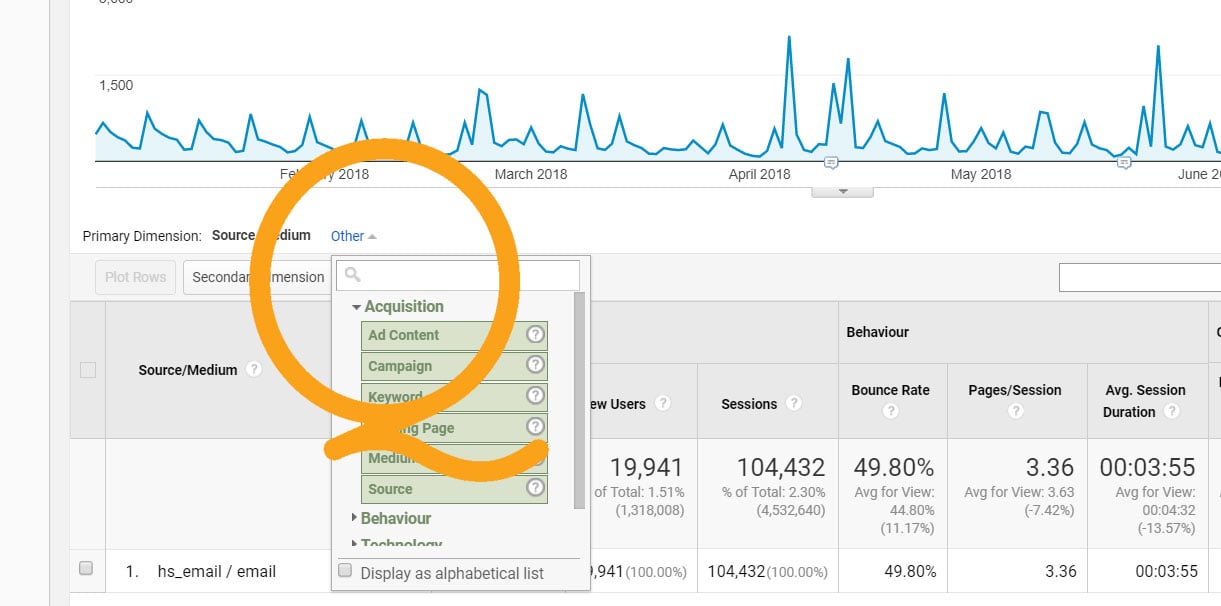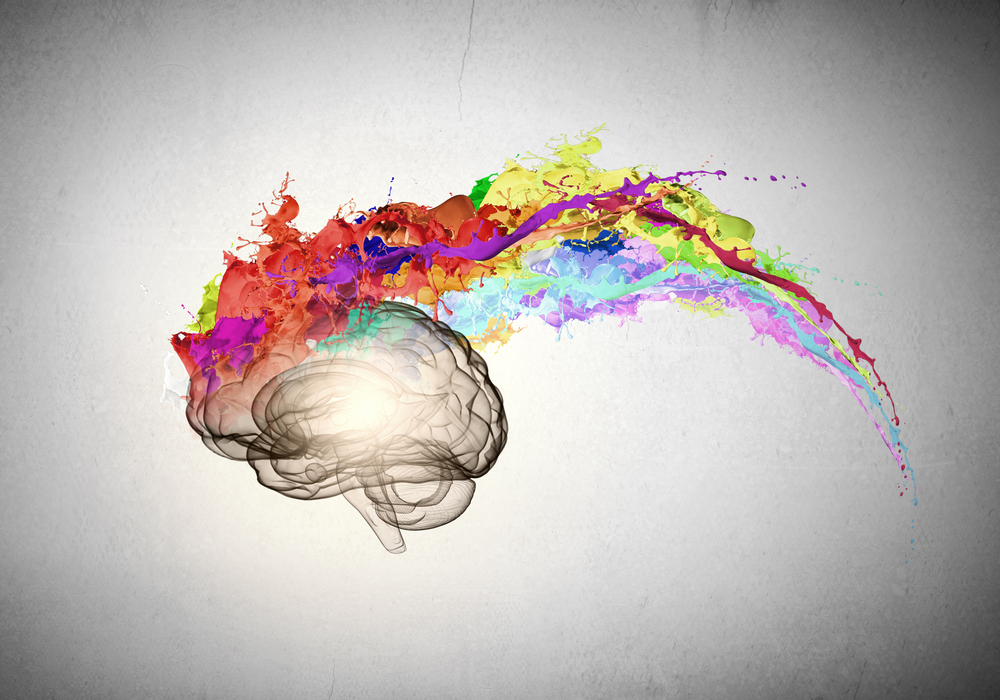
The ultimate goal of any marketing campaign is to influence human behavior. That’s why the most successful marketing campaigns incorporate and leverage certain principles of human psychology.
Understanding these tried-and-true principles of psychology will make you a more effective marketer. So, here’s a look at seven fascinating principles of psychology that you can build into your next marketing campaign for best results.
1. Loss Aversion
Humans hate to lose. As a species, we naturally seek to avoid losing. The principle of loss aversion means that the desire not to lose something is actually much greater than the desire to gain something.
In other words, the negative effects of a loss affect us much more strongly than the positive effects of an equal gain. This means we feel the pain of losing a $20 bill more severely than we feel the pleasure of finding $20 in our coat pocket. Loss aversion is also the phenomenon that explains why people feel blame more acutely than they feel praise.
In marketing, loss aversion is tied closely to user and customer behavior. The idea is that losses and disadvantages have a more significant impact on decision making than gains and advantages.
Marketers can apply the principle of loss aversion to increase landing page conversion rates. To do it, frame your messaging and positioning around avoidance of a loss. Make sure you are subtly letting your visitors know what they will be missing out on, and create urgency around your products and services.
Another common application of loss aversion is creation of a customer loyalty program that allows customers to accumulate points or status levels. Once people have earned their points or status, it feels much harder for them to leave for a competing brand, since leaving will mean losing the rewards they have gained.
2. Paradox of Choice
The paradox of choice is a psychological phenomenon that describes the overwhelming, paralyzing feeling humans get when they are presented with too many options. Choices are great, sure, but too many choices will cause decision paralysis within your target buyers.
In 2000, psychologists from Columbia and Stanford Universities conducted a study about jam in a local supermarket. On a standard day, a table was set up with 24 different varieties of jam for sale. Later, on a different day at the same location, shoppers encountered a table with only six (6) varieties of jam to choose from. The table with six jams resulted in significantly more purchases. However, it is interesting to note that the table with 24 jams generated more interest overall, but less revenue.
Marketers can leverage the paradox of choice by limiting users’ options. This principle can be applied to almost any digital asset - emails, landing pages, live chats, etc. Create a clear user path with minimal friction points and minimal options in order to achieve the outcome or behavior you desire. For example, remove navigation on a landing page to keep users focused on form conversion, and on website pages, offer only one call-to-action per page.
Don't miss great marketing and sales insights, delivered straight to your inbox.
Subscribe to the HQdigital blog now!
3. Social Proof
The social proof theory was made popular by psychologist Robert Cialdini in 1984. It posits that a person who is unsure of the correct behavior to take in a given situation will look to other people for guidance on what to do. This phenomenon is exacerbated in times of crisis and in situations where there is not much time to make a decision.
The theory of social proof is put into practice virtually everywhere in marketing. Here are some examples:
- Social sharing buttons - The social proof theory is the reason certain content goes viral, and why “likes” tend to grow exponentially for certain pieces of content.
- Certifications, badges, industry recognition
- User-generated content
- User reviews
- Calling attention to the number of users, downloads, etc. related to your product or service (“Trusted by over 300,000 businesses worldwide,” “Downloaded by 400,000 people every day,” etc.).
4. The Decoy Effect (Psychology of Pricing)
People love to feel like they’ve gotten a great deal. The psychology of pricing is the strategic use of pricing tactics to increase sales. Buy one, get one free and other common pricing methods are all applications of the psychology of pricing.
One of the most common tactics under this umbrella that we’re all familiar with is lowering the price of an item by one cent so that the total price is X.99.
Isn’t that amazing? Lowering the price of an item from a whole dollar down to .99 substantially increases sales.
Another popular tactic in the psychology of pricing is the decoy effect, or presenting a user with options side-by-side so that purchasers feel like they’re getting a valuable deal.
The most-cited example of the decoy effect in action is the tale of a Williams-Sonoma bread maker in the 90s. Williams-Sonoma introduced their first bread maker into the market, and decided after much consumer research to price their new product at $275.
Sales of the new bread maker were disappointing. So, Williams-Sonoma brought in a market research firm, which suggested selling a new, premium version of the bread maker and pricing the premium product at about double the price.
Almost immediately, sales took off. But not for the premium product. Suddenly, everyone wanted to get their hands on the original bread maker, still priced at $275.
Today, we see the decoy effect used widely on pricing pages, particularly in the software space. Prospective customers are typically presented with three options. The last option is the most expensive, and rarely chosen. In comparison, the middle option is perceived as highly valuable; therefore, it’s most commonly purchased. Some companies will label a product or service "most popular" to call additional attention to it.
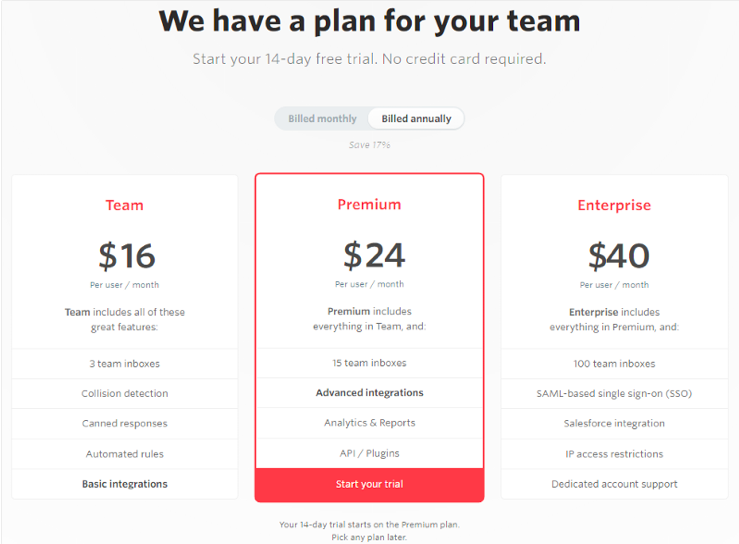
(Image credit: Upscape)
5. Urgency
Get started now! Hurry! Don’t delay! No doubt, you’ve encountered examples of urgency used in marketing. Urgency is one of the most common psychological principles applied to marketing campaigns.
It’s a simple and straightforward idea, and it’s an incredibly powerful aspect of human psychology: urgency causes people to act quickly. According to behavioral psychologists, urgent situations cause human beings to suspend deliberate thought and to act quickly.
Urgency can be leveraged to drive conversions and sales. If you create a strong sense of urgency on your website landing pages, you will successfully push people to take the action you want them to take on your page (sign up, subscribe, register, download, etc.).
So, how do you create urgency? Here are a couple of examples to get you thinking.
- Add a clock, timer, or countdown to your offer. Only XYZ days, hours, minutes left until this incredible event.
- Use temporal (time-related) words: now, instant, hurry, quickly, fast, etc.
Very closely related to the concept of urgency is scarcity, which essentially induces FOMO in your target customes. We'll save that one to explore another day.
6. Color Psychology
Color is an essential part of marketing because it influences how people behave. Different colors used in marketing impact the way prospects perceive a brand, website, or particular asset in ways that are subliminal.
Color psychology means that different colors tend to elicit different emotions from people. Blue, for example, tends to establish trust, while red tends to inhibit human action. Marketers use this information to their advantage all the time.
Companies invest a lot of time and money into color psychology research when developing their logo and website. Additional research has shown that there is a real connection between the use of colors and customers' perceptions of a brand's personality.
Certain colors are used by marketers to elicit certain responses. Even different levels of contrast can be used to influence user behavior. Fascinating, right?
Here’s a look at how color influences human behavior:
- Red: urgency, excitement
- Orange: positivity, motivation, enthusiasm (think Home Depot, HubSpot)
- Yellow: joy, happiness, optimism
- Green: balance, harmony, nature
- Blue: trust, dependability (often used by health care systems, attorneys, and financial advisors) (Fun fact: 42% of people choose blue as their favorite color)
- Purple: imagination, spirituality (often used by interior decorators, design firms, and religious organizations).
- Black: luxury, exclusivity
- White: purity, cleanliness, beauty
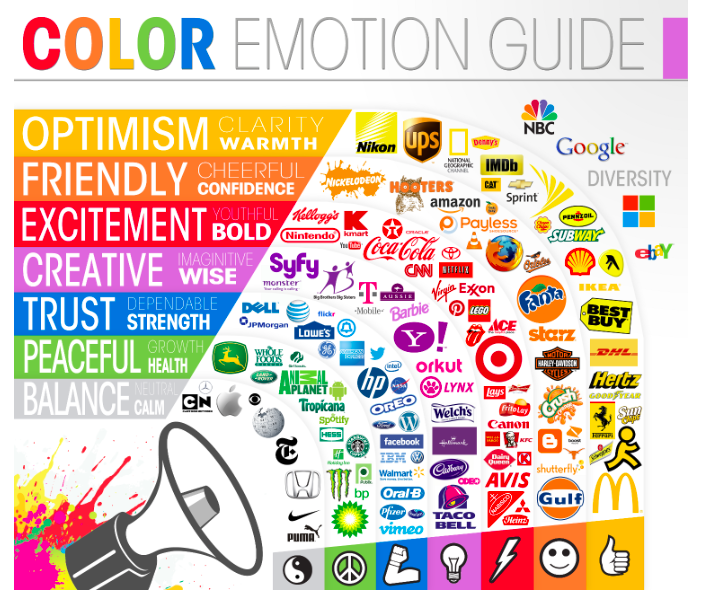
(Image credit: The Logo Company)
7. Mere Exposure Theory
According to to the mere exposure theory, also known as the familiarity principle, humans tend to develop a preference for or favorable opinion of things simply because they are familiar. The more often humans are exposed to a certain stimulus, the more favorable we perceive that thing to be.
This is why songs we hear on the radio tend to seem to get catchier over time.
Psychological research backs this up. In one famous experiment, psychologist Robert Zajonc showed Chinese characters to non-Chinese-speaking individuals. Zajonc showed each character 1 to 25 times, asking study participants to guess the meaning of the characters. The more often a study participant saw a particular character, the more positive meaning they assigned to it.
Another of Zajonc’s experiments tested people’s opinion of nonsense words, like “zebulons” and “worbus.” The more often these made-up words were repeated to the test subjects, the more favorably subjects responded to them.
There are some studies, however, that suggest that becoming too familiar with something can have a detrimental effect. Scientist Robert Bornstein found that mere exposure reaches its maximum effect between 10 and 20 exposures, and then after that the effectiveness can decline. This has been likened to enjoying a song more after hearing it a few times, but then becoming sick of it later when it has been overplayed.
How can your brand leverage the mere exposure theory in marketing?
- Capture leads early so that you have plenty of time to expose them to your brand.
- Use lead nurturing campaigns to reinforce your message and brand.
- Use social media ads on a “cost-per-impression” pricing model to increase brand awareness.
- Structure and design your website in a way that is similar to other great websites. (Though differentiation is important for buyers to distinguish you from your competitors, you’ll want a user experience (UX) on your website that is comfortable and familiar to your users).
- Use display ads to get your message in front of the same audience on multiple sites.
- Incorporate remarketing into your marketing strategy.
Psychological principles like these are used so often in marketing that we often don't even notice them. But these principles are incredibly powerful ways to influence behavior and drive the decisions that you want people to make, even at a subconscious level.
Don't miss great marketing and sales insights, delivered straight to your inbox.
Subscribe to the HQdigital blog now!


